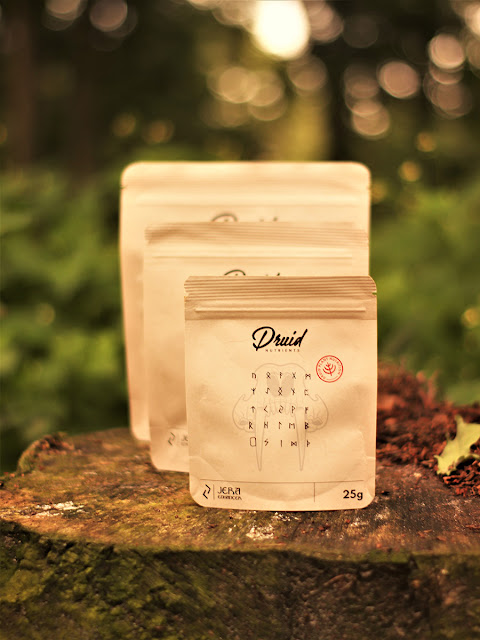Interrelationships of Mineral Elements
Learn about the many amendments and fertilizers
available there for those fantastic outcomes, whether you're dealing with plant
disease, pests, or simply seeking the nicest blossoms or fruits on the block.
In many cases, employing them is a must. Experienced gardeners – and farmers,
too – learn the specific nutrients required for health, beauty, and even
tastiness at each stage of growth. They can also detect what plants require
based on various symptoms and indicators, identifying infections, insect problems,
and nutritional deficits.
Druid Nutrients is a
comprehensive, all-in-one growth formula for all types of growing mediums. Our
firm is concerned not only with the facility of the best plant food but also with its long-term viability. A complex
mixture of full-spectrum plant nutrients
naturally complexing minerals, trace elements, and phytochemicals collected
from sea salt, mine salt, seaweed, and Amazonian humus is included in the
composition.
What is the
definition of plant nutrition?
Plants use inorganic minerals as a source of
sustenance. These minerals are formed in the soil through complex processes,
including weathering rock minerals, decomposing organic materials, animals, and
bacteria—a variety of variables influence plant nutrient absorption. Ions can
be easily accessible to roots or "locked up" by other elements or the
soil. Minerals are inaccessible to plants when the pH of the earth is too high
(alkaline) or too low (acid).
What do mineral
elements entail?
Plant development requires or benefits from a
total of 20 mineral elements.
- Air and water provide carbon (C), hydrogen (H), and oxygen (O).
- Plants require considerable amounts of the six macronutrients nitrogen (N), phosphorus (P), potassium (K), calcium (Ca), magnesium (Mg), and sulphur (S).
- The remaining elements are only needed in trace amounts (micronutrients). Boron (B), chlorine (Cl), copper (Cu), iron (Fe), manganese (Mn), sodium (Na), zinc (Zn), molybdenum (Mo), and nickel (Ni) are all essential cofactor elements (Ni). Silicon (Si) and cobalt (Co) are two beneficial mineral elements (Co).
The beneficial components are not required for all plants, but they may be necessary for some. In the case of several trace elements, distinguishing between useful and necessary is often challenging. Cobalt, for example, is required for legume nitrogen fixation. Silicon, which is deposited in cell walls, has been shown to promote heat and drought tolerance as well as insect and fungal infection resistance. Silicon can help compensate for hazardous amounts of manganese, iron, phosphorus, aluminum, and zinc insufficiency by functioning as a helpful element. Mineral elements at levels optimal for maximum development would be included in a more holistic approach to plant nutrition, which would not be confined to those needed for survival.



Comments
Post a Comment